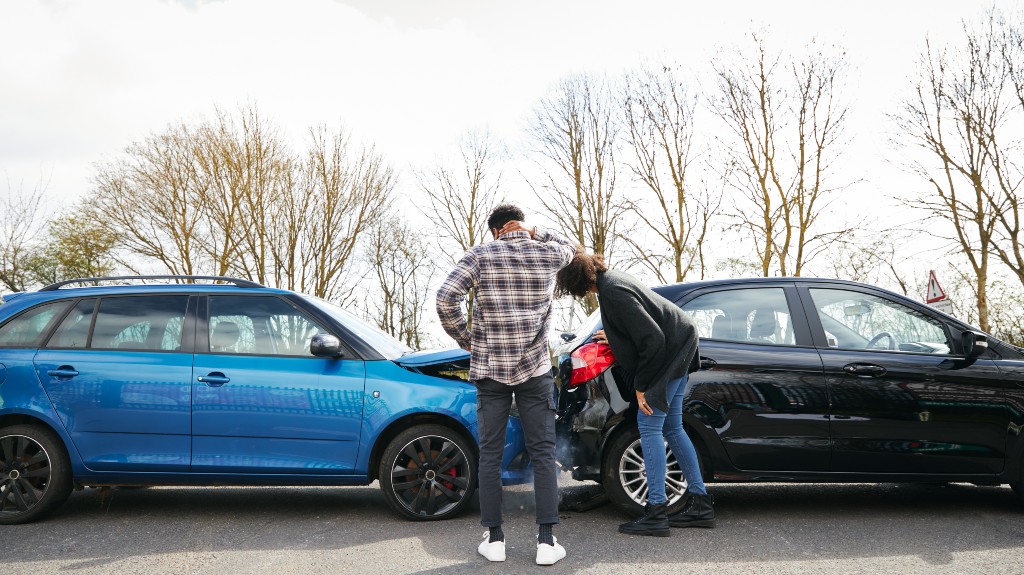Understanding Ohio’s Statute of Limitations for Car Accident Claims
If you have been involved in a car accident in Ohio, understanding the state’s statute of limitations is crucial for protecting your legal rights. The statute of limitations sets a deadline for filing a lawsuit, and missing this deadline can result in losing your ability to seek compensation for your injuries and damages. Promptly contacting an attorney about your injuries can help avoid this unfortunate result.
At Kitrick, Lewis & Harris, our Ohio car truck accident lawyer is ready to help. We investigate your case, file it before the statute of limitations expires, and seek the financial compensation you deserve.
What is a Statute of Limitations?
A statute of limitations is a legal time limit that determines how long you have to file a lawsuit after an accident or injury. In Ohio, the statute of limitations for car accident claims is generally two years from the date of the accident.
This applies to both personal injury and property damage claims. While there are some exceptions, they are rare.
Why Does the Statute of Limitations Matter?
Failing to file your claim within the two-year window can have serious consequences. Once the statute of limitations expires, courts will typically dismiss your case, and you will lose the opportunity to pursue compensation through the legal system. Insurance companies are also aware of these deadlines and may be less inclined to offer a fair settlement if they know you cannot take legal action.
Exceptions to the Statute of Limitations
While the general rule is two years, there are exceptions that may extend or alter the statute of limitations:
- Delayed Discovery: If injuries from the accident were not immediately apparent, the statute of limitations may begin from the date the injuries were discovered or reasonably should have been discovered. This is known as the “discovery rule”.
- Minors: If a minor is involved in a car accident, the statute of limitations may be tolled until they reach the age of majority (18 years old in Ohio). The two-year time limit would begin once they turn 18.
- Claims Against Government Entities: If the accident involves a government vehicle or agency, different rules and shorter deadlines may apply.
Steps to Take After a Car Accident in Ohio
To ensure you meet the statute of limitations and protect your rights, follow these steps:

- Seek Medical Attention: Prioritize your health by visiting a doctor to assess and document any injuries.
- Document the Accident: Collect evidence such as photos of the scene, witness statements, and the police report.
- Notify Your Insurance Company: Report the accident promptly and provide all necessary information.
- Consult an Attorney: If you’re unsure about the statute of limitations or need help filing a claim, seek legal advice from an experienced car accident attorney.
Importance of Acting Promptly
While two years may seem like a long time, it is essential to act quickly. Delays can make it harder to gather evidence, locate witnesses, and build a strong case. Insurance companies may also use delays to their advantage, offering lower settlements or disputing the validity of your claim.
Work with a Qualified Ohio Car Accident Attorney
Ohio’s statute of limitations for car accident claims is a critical factor in the aftermath of an accident. By understanding the two-year deadline and any applicable exceptions, you can take the necessary steps to protect your rights and seek the compensation you deserve. Acting promptly and consulting with a knowledgeable attorney can make all the difference in the outcome of your case
Our team at Kitrick, Lewis & Harris are highly experienced car accident lawyers who represent clients in Columbus and the surrounding areas. Contact us today for a consultation of your case.


